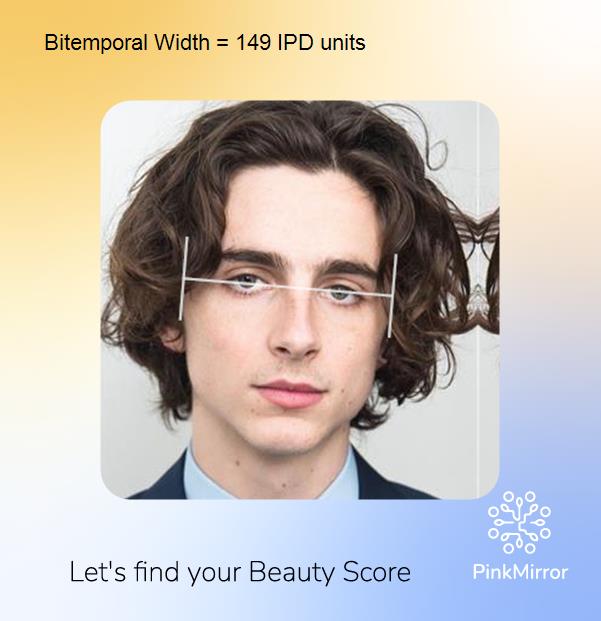Summary A small ratio of Interpupillary-Width to Bi-zygomatic-Width is considered attractive for males, whereas, a larger ratio is considered as attractive for females. Research spanning various journals has delved into facial differences between males and females. Velemínská et al. (2012) in the Journal of Comparative Human Biology discussed how puberty in males, influenced by testosterone, […]
Category: Golden Proportion
Summary Research has shown that a smaller bi-gonial width, the distance between the jaw’s two angles, is deemed attractive in females due to the resulting narrower facial appearance. Little et al. (2011) suggested a smaller bi-gonial width might be seen as attractive in females because it’s a pronounced female trait. Additionally, Jung et al. (2018) […]
Summary Three studies explore the role of eye size in perceptions of attractiveness and personality in males. Paunonen et al. (1999) suggest that larger eyes, associated with babyface features, are perceived as feminine, leading to personality attributions like honesty, agreeableness, and low dominance. Conversely, smaller eyes enhance perceived masculinity by lessening these associations. Cunningham et […]

Summary Two recent studies explore key differences in male and female facial structures. The study by Faria et al. (2022) finds that males have a larger bi-temporal width, the distance between the temples, contributing to a wider face. This width often aligns with the bi-gonial distance (width of the lower jaw), leading to a more […]
Summary Thicker eyebrows are deemed more attractive in females, according to several studies. A study from Oakland University revealed that thicker eyebrows were seen as more attractive in women and influenced perceived attractiveness more than eye size or cheekbone prominence. Similarly, research based on Korean brow salon visitors indicated that thick eyebrows, which appear youthful […]
Summary A wider margin between eye and eyebrow is considered a feminine feature, while a shorter one is a masculine one. The position and shape of eyebrows and the structure of eyelids play significant roles in differentiating feminine and masculine facial features, according to research by Patel and Malhotra (2021), and Lakhiani & Somenek (2019). Women […]
Summary A shorter nose length is considered a feminine feature, while a longer one is a masculine one. The nose is a pivotal feature that significantly influences perceptions of attractiveness and gender. Research by Baudouin and Tiberghien (2004) highlights that a smaller nose is often associated with feminine attractiveness. A study by Altman (2012) confirms […]

Summary The bizygomatic width, the distance between the cheekbones, varies between sexes, with men typically having a larger measurement. Caton and Dixson (2022) found that women’s mean bizygomatic width is 133.77mm. Young (1993) reported a slightly lower mean width of 131.81mm for women among U.S. civilians. Lakhiani and Somenek (2019) highlighted that despite men having […]
Summary Recent research underscores the appeal of smaller mouth widths in the perception of female attractiveness. A study by Schmid and his team at the University of Nebraska Medical Center (2008) highlights smaller noses, wider eye spacing, and notably, smaller mouth widths as ideal traits contributing to female beauty. They suggest that a smaller mouth […]
Summary Research studies highlight the importance of chin shape and its impact on facial attractiveness, particularly in males. Thayer and Dobson’s (2013) research from Northwestern University emphasized how chin shape can significantly influence the perceived masculinity of a face. According to a 2019 study by Lakhiani & Somenek, men tend to have a more defined […]